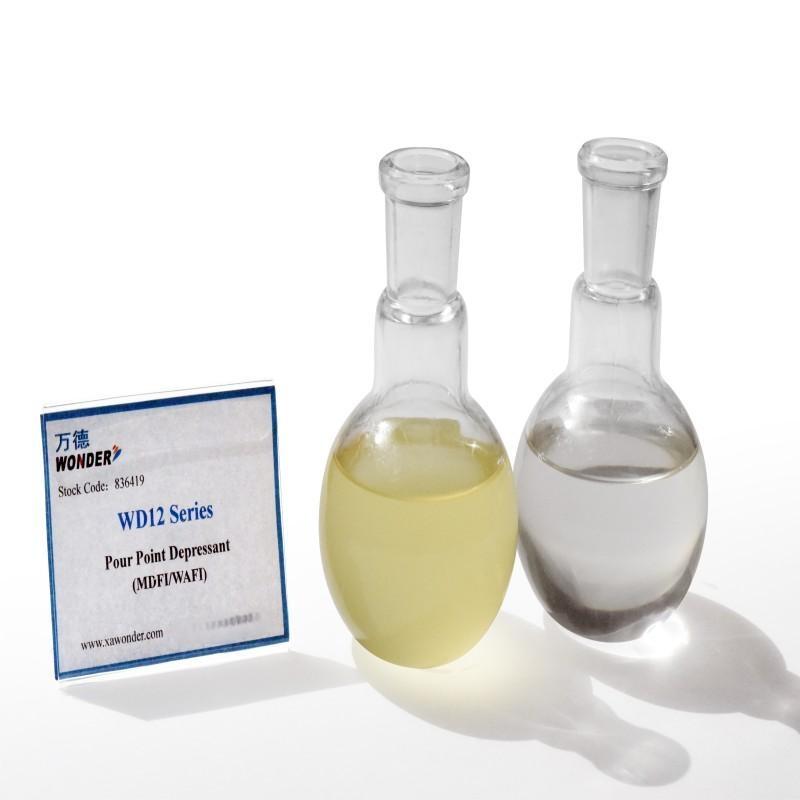-
Categories
-
Pharmaceutical Intermediates
-
Active Pharmaceutical Ingredients
-
Food Additives
- Industrial Coatings
- Agrochemicals
- Dyes and Pigments
- Surfactant
- Flavors and Fragrances
- Chemical Reagents
- Catalyst and Auxiliary
- Natural Products
- Inorganic Chemistry
-
Organic Chemistry
-
Biochemical Engineering
- Analytical Chemistry
-
Cosmetic Ingredient
- Water Treatment Chemical
-
Pharmaceutical Intermediates
Promotion
ECHEMI Mall
Wholesale
Weekly Price
Exhibition
News
-
Trade Service
In 2022, international crude oil prices once again opened a new round of sharp rally, among which CME Group's NYMEX WTI crude oil April contract once exceeded the $130/barrel mark, while European ICE Brent crude oil once approached $140/barrel, setting the latest record
after the 08 financial crisis.
In 2021, the rise in international crude oil prices came from the recovery of demand under the lifting of lockdowns and the slow reduction or resumption of OPEC+ production, as well as global crude oil destocking
.
The rise in crude oil prices in 2022 is caused by the blockage of Russian crude oil exports due to the Russian-Ukrainian conflict, triggering crude oil supply concerns and hedging inflation needs, which are similar to several oil crises in the last century, and the crude oil market soars in the short and medium term, but may bury hidden dangers
for economic recession.
The chart shows the price trend of CME Group's WTI crude oil April contract
So the question is, will the Russia-Ukraine conflict cause imbalances in the global crude oil market and price climbs?
Many countries sanctioned Russia, exacerbating the tight supply of global crude oil
Since mid-February, the Russian-Ukrainian conflict has continued to escalate, eventually leading to the outbreak of the Russian-Ukrainian war, and Western countries such as Europe and the United States have successively imposed multiple rounds of sanctions on Russia: from financial sanctions to scientific and technological sanctions, the Russian oil refining industry has been subject to export controls, and 91 entities from 10 countries have been included in
the Ministry of Commerce's export control entity list on the grounds of "supporting Russian military activities".
From the perspective of crude oil reserves, Russia is rich
in crude oil resources.
According to BP's World Energy Statistical Yearbook 2016, as of the end of 2015, the world's proven crude oil reserves reached 1.
6076 trillion barrels, with a reserve-to-production ratio of 50.
7
.
The three countries with the richest crude oil reserves in the world are Venezuela, Saudi Arabia and Canada, with reserves of 300.
9 billion barrels, 266.
6 billion barrels and 172.
2 billion barrels respectively, and the crude oil reserves of the three countries account for 43.
5% of the global crude oil reserves, and other countries with richer crude oil reserves include Iran, Iraq, Russia, Kuwait and so on
.
From the perspective of production, Russia's crude oil production accounts for the proportion of the world cannot be ignored
.
In 2020, global crude oil production was 1.
13 billion barrels per day, while Russian crude oil production was about 126 million barrels per day, accounting for about 11.
2%
of global crude oil production, according to data released by the EIA.
With Iran and Venezuela under sanctions from developed countries in Europe and the United States, Russian crude oil production plays a crucial role
in the global supply of crude oil.
According to the Russian Ministry of Energy, Russian crude oil production, including condensate, was about 523 million barrels in 2021, reaching 46.
528 million barrels, or about 15.
51 million barrels per day
, in January 2022.
The picture shows Russian crude oil export data
After the conflict between Russia and Ukraine, Europe hopes to lift sanctions against Iran and restart Iranian nuclear negotiations, but on the one hand, the United States has not made concessions to Iranian sanctions, on the other hand, Iran's crude oil exports in the short term are difficult to make up for the supply gap
left by the absence of Russian crude oil.
Iran's crude oil production reached an all-time high of 4.
862 million barrels per day in February 2018, but Russian crude oil production exceeded 11 million barrels
per month.
In terms of exports, Russian crude oil exports reached 20.
216 million barrels in January 2022 and 225 million barrels
in 2021, according to the Russian Ministry of Energy.
According to data released by OPEC, Russia's crude oil exports in 2020 were about 4.
654 million barrel days, accounting for 11.
1% of
global crude oil exports.
For Europe, Russian crude oil has a great
impact on European crude oil imports.
Russian crude oil supply accounts for 25%
of European crude oil demand.
According to data released by the EIA, European crude oil imports reached 9.
531 million barrels in 2020 and 112 million barrels
in 2019, before the pandemic.
As the world's leading producer and exporter of oil and gas, Russia's energy is of great
significance to the European and global economy.
With more and more sanctions issued and more companies withdrawing from Russia, the market is highly concerned
about European energy security and economic growth.
High inflation and a cooling Fed rate hike have created a bubble in crude oil prices
Historically, oil crises generally trigger high inflation
in developed countries in Europe and the United States.
Due to the shale oil revolution in the United States, the United States' dependence on overseas crude oil has declined, so the inflationary pressure on Europe from the Russia-Ukraine conflict is higher than that of the United States
.
However, the United States itself faces manufacturing supply bottlenecks and upward pressure from a "wage-inflation" spiral, so inflationary pressures in the United States will also rise
further due to rising international crude oil prices.
The data showed that the average hourly wage in the United States increased by 5.
1% year-on-year in February, although it was less than the market expectation of 5.
8%, but still at a record high
.
Stronger inflation expectations further contributed to the climb in crude oil prices
.
The data shows that the top think tank in the field of international economics in Europe, the Belgian-based Bruegel Institute, released a research report showing that although the EU can still increase LNG imports from countries such as the United States, such purchases will be more expensive
.
Refilling gas storage to historical averages this year could cost €70 billion, a sevenfold
increase, compared to €10 billion in previous years.
A complete replacement of Russian gas is not only very expensive, but perhaps impossible to achieve
.
From the perspective of the central bank, under the Russia-Ukraine conflict, the Fed and the central bank face the dilemma of
stable economic growth and price control.
Fed Chairman Jerome Powell spoke of a 25 basis point rate hike in March and said that the Fed's tightening policy will not go into "autopilot" mode, but will remain flexible
at all times.
This means that the Fed is not willing to raise interest rates to cause financial market instability and increase the risk of economic downturn, but to seek a balance
between controlling prices and economic stability.
The US dollar real interest rate has recently retreated amid rising inflation expectations and cooling interest rate hikes, making speculative buying of crude oil prices lack monetary policy constraints
.
In conclusion, with the news that the US House of Representatives is considering a bill banning the import of Russian oil and energy products, especially since the United States may separate sanctions on Russian crude oil exports from Europe, it is increasingly
likely that Russian crude oil exports will be affected 。 International crude oil prices will remain relatively strong in the short to medium term, but in the fourth quarter of this year and next year under the risk of recession in developed countries, investors can consider using CME Group WTI crude oil futures (product code: CL) to manage risk, while domestic companies can also use Shanghai International Energy Exchange crude oil futures to hedge the risk of
rising prices.
According to the data, WTI crude oil futures are still the most liquid instrument in the crude oil field, with more than 1 million contracts traded every day
.
In the 12 months to December 2021, the total volume of daily WTI futures trading volume in Asia was as high as 20% (see chart below).
The role of WTI-related pricing is expected to further strengthen
as U.
S.
crude oil exports to Asia increase.
Especially in recent oil prices, WTI crude oil futures trading hours are close to 24 hours a day, providing trading opportunities when oil prices change, and also allowing investors to manage positions
in a timely manner.







